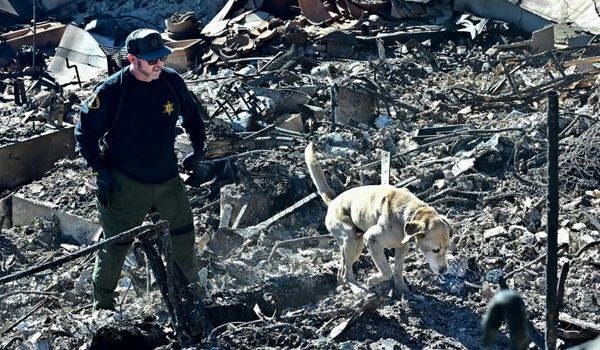
The unemployment rate could hit four per cent when the latest labour force figures are released this week as the economy recovers from the impact of the Omicron variant.
The jobless rate touched four per cent in February 2008 and August of that year under Kevin Rudd's Labor government, but has never been lower according to Australian Bureau of Statistics figures stretching back to 1978.
The consensus among economists centres on a fall in the jobless rate to 4.1 per cent when February labour force figures are released on Thursday, compared to 4.2 per cent in both December and January.
However, forecasts range from four per cent to 4.3 per cent.
Employment is expected to have risen by 40,000 in February, although forecasts range from a rise of 5000 to 60,000.
Economists expect the impact of the floods on the east coast of Australia will be felt in the March jobs figures.
Both the Reserve Bank of Australia and Treasury have been predicting a sub-four per cent unemployment rate this year, and remaining there in 2023, as the economy makes a steep recovery from the downturns seen during the COVID-19 pandemic.
RBA governor Philip Lowe has warned that a rise in the cash rate is plausible this year in the face of accelerating inflation pressures.
At a business conference last week, Dr Lowe said the annual rate of inflation could reach at least four per cent due to rising global oil and commodity prices as a result of the war in Ukraine, and rising food prices locally due to the floods on Australia's east coast.
Petrol prices are now well over $2 per litre in some parts of Australia after striking a national average of 183.90 cents the previous week, which was then a record high.
The Australia Institute of Petroleum will release its weekly petrol prices report on Tuesday rather than Monday due to the Canberra Day holiday.
The RBA will also release the minutes of its March 1 board meeting.
AMP Capital chief economist Shane Oliver will be looking for more detail around how the RBA sees the impact of the war in Ukraine.
He says the RBA has so far paid more attention to the upward pressure it will put on inflation as opposed to the negative impact on economic growth from higher petrol prices which will be offset by the boost from higher commodity prices to national income.
Consumers had been fretting about cost of living pressures for sometime with inflation expectations in the weekly ANZ-Roy Morgan sentiment already just over five per cent, a seven-year high.
The latest survey will be released on Tuesday.
Meanwhile, Australian shares look set for a steady opening on Monday, with the futures market finishing higher even as Wall Street came under renewed pressure from the uncertainty surrounding the war in Ukraine on Friday.
The US S&P 500 ended down 55.21 points, or 1.3 per cent, at 4,204.31 and the Dow Jones Industrial Average fell 229.88 points, or 0.7 per cent, to 32,944.19, while the Nasdaq declined 286.15 points, or 2.2 per cent, to 12,843.81.
Australian share futures were 20 points or 0.28 per cent higher at 7071.
The Australian benchmark S&P/ASX200 index closed down 67.2 points, or 0.94 per cent, to 7063.6 points on Friday.







